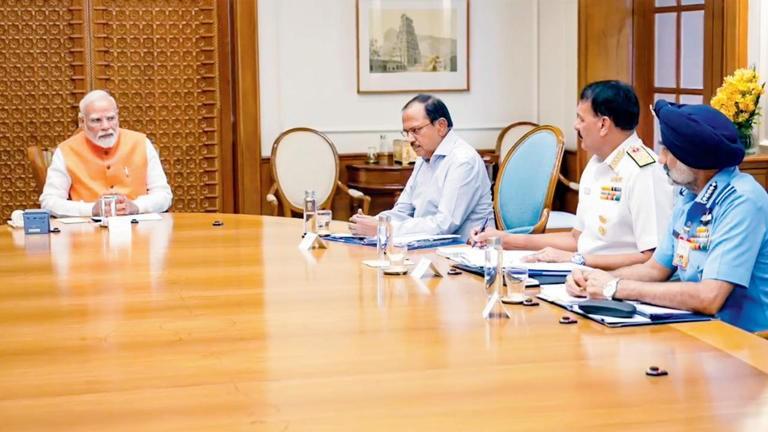
Escalating Military Strikes and Diplomatic Strain
Tensions between India and Pakistan have escalated sharply following a series of military strikes and cross-border incidents. On May 7, 2025, India launched “Operation Sindoor,” targeting alleged terrorist infrastructure in Pakistan-administered Kashmir and Punjab. The operation involved precision missile strikes by Indian Air Force Rafale jets, reportedly eliminating key figures associated with groups like Jaish-e-Mohammed and Lashkar-e-Taiba. Pakistan denied involvement in initiating the conflict and accused India of provoking the situation. The strikes resulted in significant casualties, including civilians on both sides, and led to heightened security measures and flight suspensions in the region.
Diplomatic Channels Remain Open
Despite the military escalation, both nations have maintained diplomatic communication. Pakistan’s ambassador to the U.S., Rizwan Saeed Sheikh, confirmed that India and Pakistan have engaged at the National Security Council level. He emphasized Pakistan’s openness to dialogue but cautioned that public pressure might limit its ability to exercise restraint. The United States has urged both countries to de-escalate and maintain open communication channels to prevent further escalation.
International Community Calls for Restraint
The international community has expressed deep concern over the escalating tensions. Countries like the United States and France have supported India’s right to self-defence while urging restraint. Conversely, China and Turkey have expressed solidarity with Pakistan, calling for a neutral investigation into the attacks and emphasizing the need for dialogue. The United Nations has also called for immediate de-escalation and a return to diplomatic engagement to prevent a broader conflict.
Continued People-to-People Connections
Amidst the political and military tensions, people-to-people connections between India and Pakistan continue to thrive, particularly in the digital realm. Platforms like YouTube and social media have facilitated cultural exchanges, with individuals from both countries sharing stories, music, and art. Initiatives like the Kartarpur Corridor, which allows Indian Sikh pilgrims to visit religious sites in Pakistan without a visa, serve as rare examples of cooperation and mutual respect. These cultural exchanges highlight the enduring bonds between the peoples of both nations, even as political relations remain strained.
Conclusion
While military tensions between India and Pakistan have reached concerning levels, the continuation of diplomatic dialogue and people-to-people connections offers a glimmer of hope for peaceful resolution. The international community’s call for restraint and dialogue underscores the global desire to prevent further escalation and promote stability in the region. As both nations navigate these challenging times, the importance of maintaining open communication channels and fostering mutual understanding remains paramount.


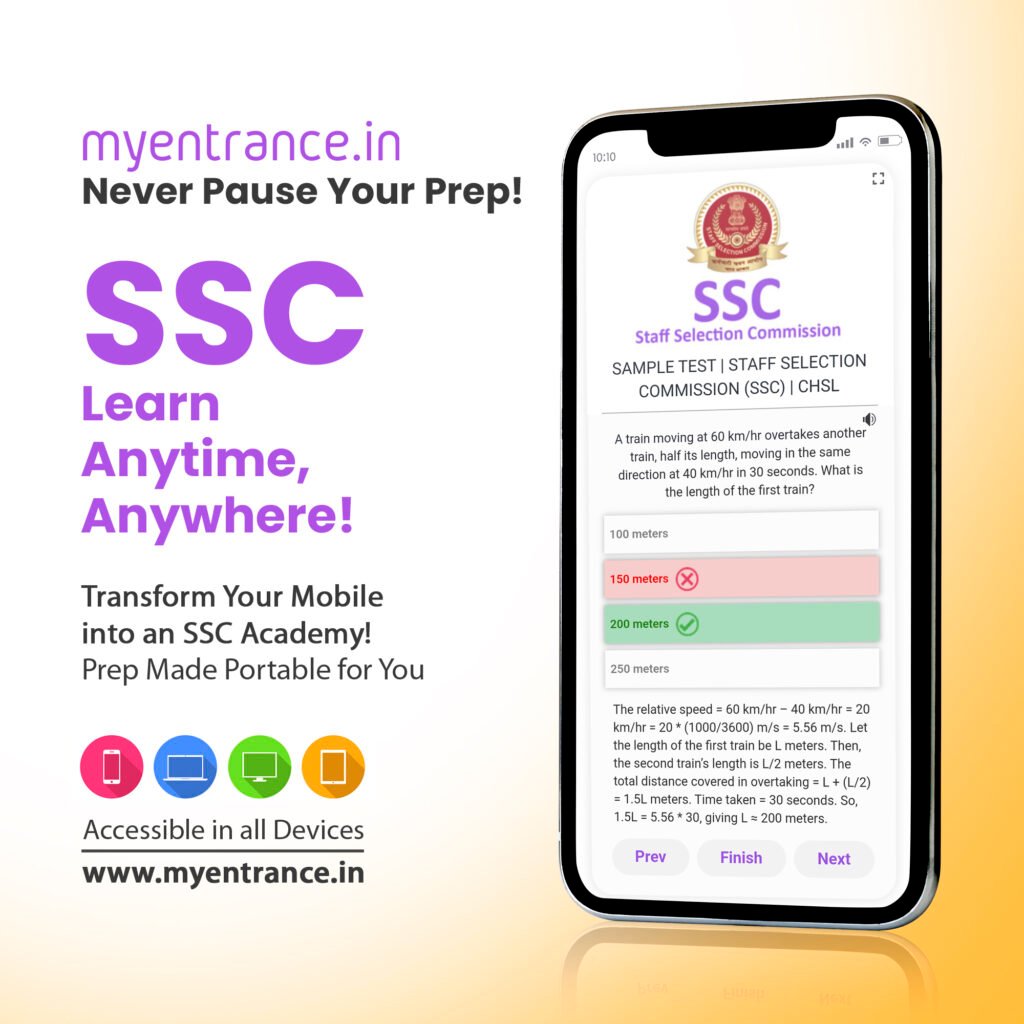










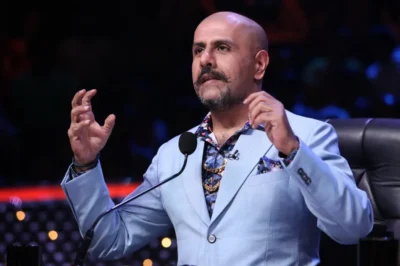





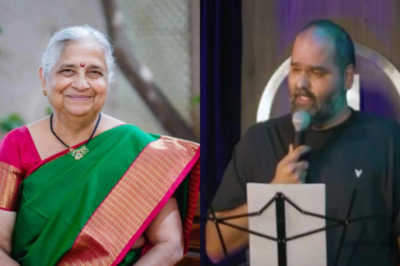



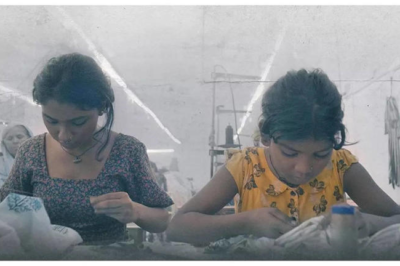
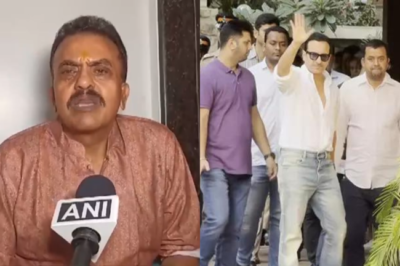
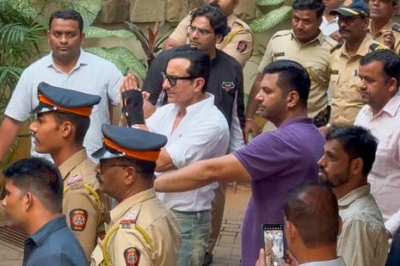
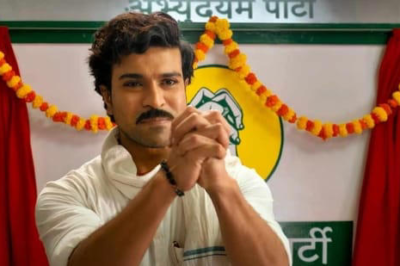




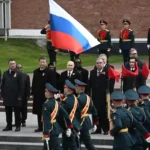




Leave a Reply